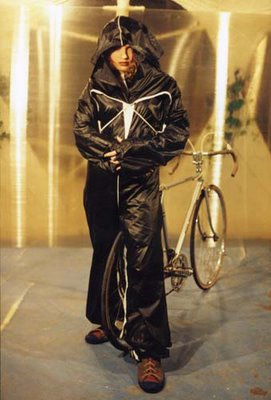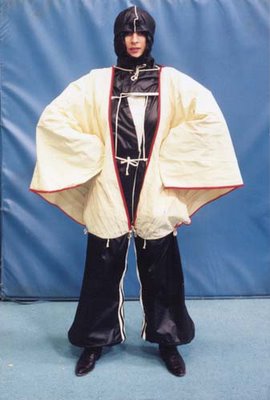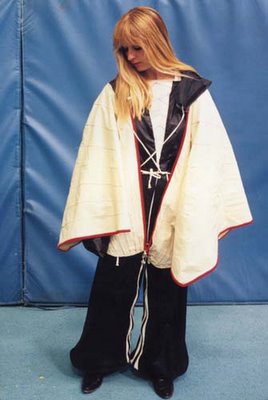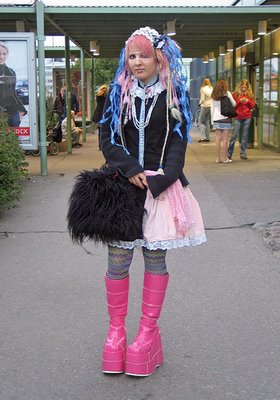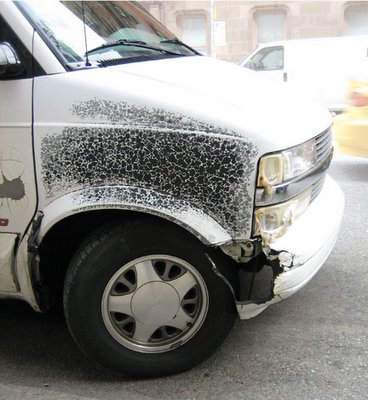
I've been thinking a lot recently about what validates and encourages creative activity. I've also been considering the structures and institutions that wheeled that power. I guess that I see a parallel at the moment between the power of museums and the power of the courts, in which the MOMA is the equivalent or the US Supreme Court for art and architecture -- wielding an incredible amount of power and doesn't usually dealing with the most important issues of the time. What is included in a collection and why, is always interesting and usually political. As a group we are always forgetting, editing and destroying the past and ostensibly a museum counters that process by storing artifacts and re-presenting them in the future. That process however, is finite and really, that is the good news. The question then becomes what and how much of something should be preserved. What are the implications of curation in general, or atleast the effect it has on people who see something exhibited in an official context.
The above thoughts are a side effect of an interest I've had recently in having a blog to curate my own thoughts. The indorsement "museum quality" was stamped into the leg of a plastic dinosaur that I had as a kid, and I was reminded of it recently by my brother. The
Diplodocus had come with a Dino-Rider toy set that included three action figures dressed in space suites and a battle station equipped with "twin laser tale guns, dual neck cluster rockets, and hidden armed battle pods" etc... As well as the accolade of "museum quality" being stamped in the leg, a picture of the dinosaur, sans battle gear on the outside of the box, made a similar claim: "Museum Quality Replica." But replica of what? Other more original toy dinosaurs? Artistic depictions of dinosaurs? The story gets even better though, because I just look up Dino-Riders and discovered that because the toys didn't sell, Tyco was able to repackage them and sell them with the endorsement of the Smithsonian:
"Tyco actually received an endorsement from the Smithsonian Institution, which was apparently impressed enough with the technical accuracy of the sculpts that it was willing to license its name for use on Tyco's products. The situation was great for Tyco because it found itself with all these excess Dino-Riders that didn't sell and all they had to do was basically repackage them. The dinosaurs were basically the same as the Dino-Riders except that no figures or weapons of any sort were included with them. They were sold individually and in two packs."
